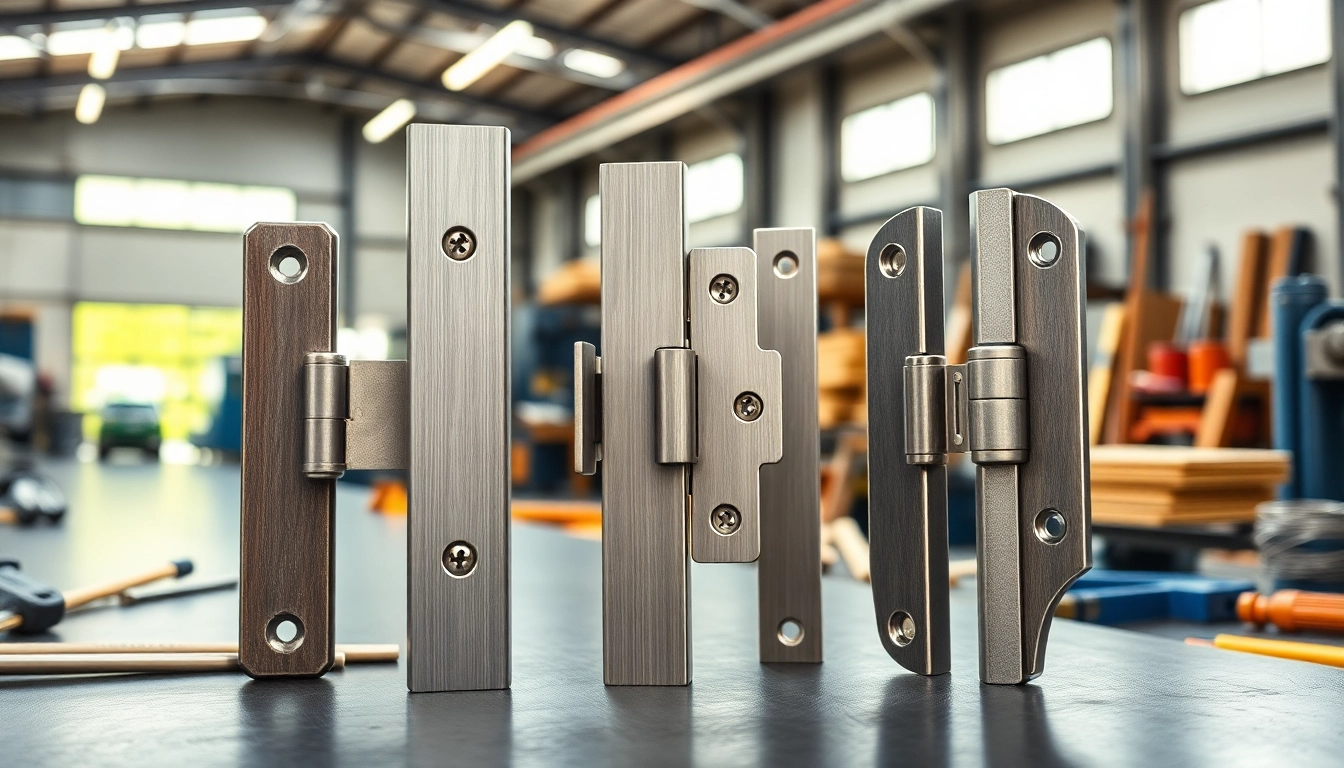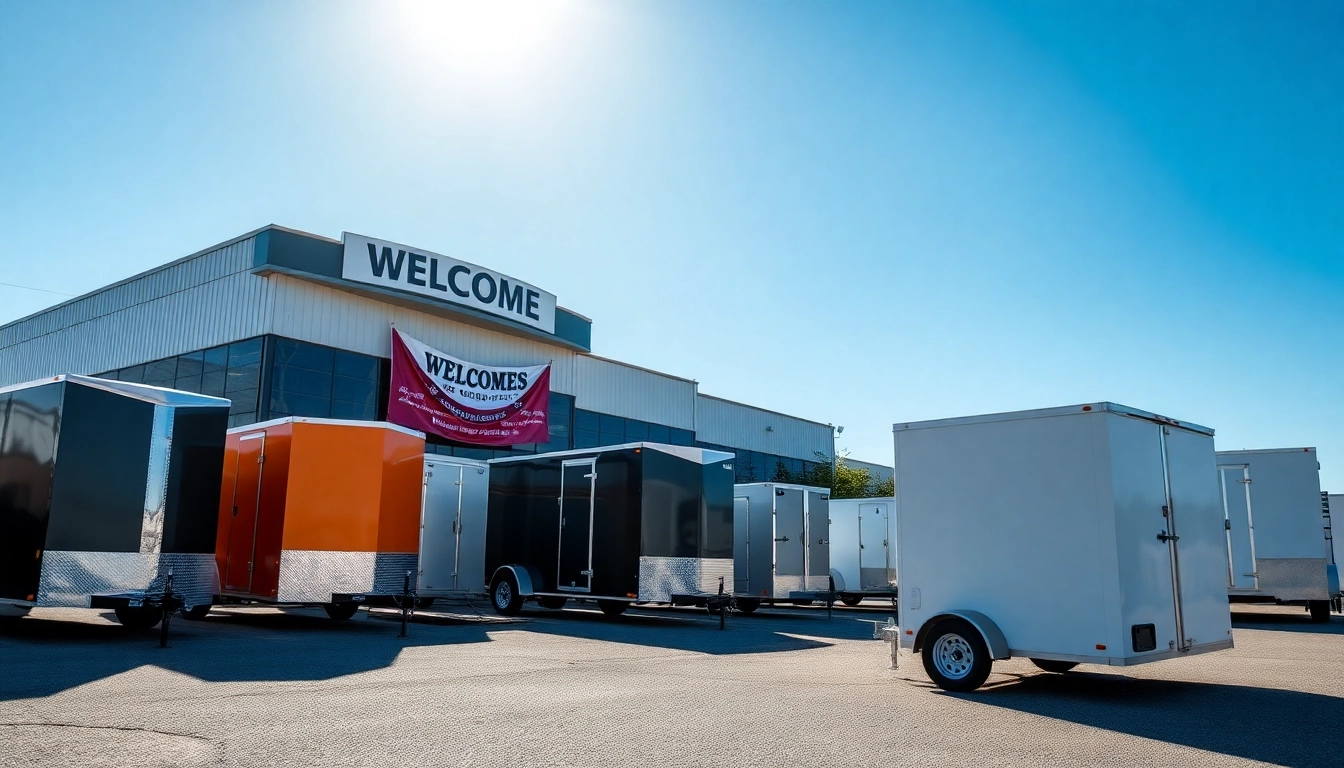Why Consider an Electrical Panel Upgrade?
In today’s technologically driven world, upgrading your electrical panel is not merely a task for homeowners; it is an essential step for ensuring safety, efficiency, and convenience in residential living. As households increasingly depend on electronic devices, appliances, and energy-consuming systems, the demand for reliable electrical service grows substantially. An Electrical Panel Upgrade becomes crucial when your existing panel no longer meets your household needs.
Common Signs Indicating the Need
Recognizing when it is time to upgrade your electrical panel is fundamental to maintaining an efficient and safe home. Below are some signs that may indicate an impending need for an upgrade.
- Frequent Circuit Breaker Trips: If your breakers are constantly tripping, it is a sign that your electrical panel cannot handle the load. This situation can become a fire hazard and signifies the necessity of an upgrade.
- Flickering Lights: If your lights dim or flicker when you use large appliances, it indicates that your electrical system is overwhelmed.
- Old Wiring: Homes built in the mid-20th century often have outdated electrical systems that may not support modern electrical load requirements.
- 200 Amp Service: Many homes are now transitioning to 200 Amp services for increased capacity. If your home still operates on a 100 Amp service, it may be time to consider a panel upgrade.
- Adding New Appliances: Installing new appliances, such as electric cars or smart home systems, may necessitate an upgrade to accommodate additional load requirements.
Benefits of Upgrading Your Electrical Panel
An upgraded electrical panel provides numerous benefits that enhance both safety and functionality in your home:
- Increased Capacity: More amperage allows for more circuits, accommodating modern appliances and devices efficiently.
- Improved Safety: New panels are designed to meet updated safety standards, reducing the risk of electrical fires due to overloaded circuits.
- Higher Resale Value: A new electrical panel can enhance home value, making it more attractive to buyers.
- Better Appliance Performance: Modern appliances perform better and efficiently when supplied with adequate electrical power.
Comparing Old vs. New Technology
The technological advancements in electrical systems cannot be overstated. Older panels often have fewer safety features and limited capacity. Newer panels come with enhanced circuit breakers and energy management capabilities that contribute to a more efficient overall system.
Understanding Electrical Panel Capacity
What Does Ampacity Mean?
Ampacity refers to the maximum amount of electrical current an electrical panel can handle safely. Knowing your panel’s ampacity is crucial in determining whether it is adequate for your household’s needs. Standard residential panels generally come in ratings of 100, 150, and 200 amps.
Choosing the Right Amperage for Your Home
The appropriate amperage will depend on your household’s electrical load. A typical household may require anywhere from 100 to 200 amps, depending on the number of electrical devices and appliances used simultaneously. Consulting with a licensed electrician can help you accurately assess your needs.
How Capacity Affects Electrical Usage
The capacity of your electrical panel directly impacts how much electricity can be safely distributed throughout your home. If the demand exceeds the capacity, it can not only cause appliance malfunction but also pose severe safety risks. Upgrading ensures that you have sufficient power to meet current demands, which is essential as technology continues to evolve.
The Electrical Panel Upgrade Process
Preparing Your Home for an Upgrade
Before beginning the upgrade process, homeowners should take several preparatory steps:
- Consult with Professionals: Hiring a licensed electrician is vital. They will evaluate your current system and determine the best solution for your home’s needs.
- Understand Local Regulations: Check local building codes and permit requirements to ensure compliance with regulations.
- Inform Your Insurance Provider: Let your home insurance know about the upgrade as it may impact your coverage and premiums.
Steps in the Electrical Panel Installation
The installation of a new electrical panel typically involves the following steps:
- Disconnecting the Power: The power supply to the existing panel is turned off to ensure safety during the upgrade.
- Removing the Old Panel: The electrician will safely remove the old panel and its connections.
- Installing the New Panel: The new panel is mounted, and electrical connections are made according to code.
- Testing the System: The electrician conducts tests to ensure everything functions correctly before re-energizing the panel.
What to Expect During the Process
Throughout the upgrade process, expect some disruption, such as power outages or noise. However, professional electricians will work swiftly to minimize inconvenience. The entire process typically takes a few hours, depending on the complexity of the upgrade.
Costs Associated with an Electrical Panel Upgrade
Average Costs and Price Factors
The cost of upgrading an electrical panel typically ranges from $800 to $4,000, influenced by several factors including:
- Panel Size: Increasing from a 100 amp panel to a 200 amp panel generally costs more.
- Electrical Service Location: Location factors significantly influence labor costs.
- Peripherals Required: Additional features like surge protectors or specific circuit breakers may increase overall costs.
Comparing DIY vs. Professional Services
While DIY solutions may initially seem cost-effective, electrical work can be complex and dangerous without proper training. Hiring a professional is more advisable for ensuring safety and code compliance. Additionally, professional services offer warranties and guarantees on work performed, providing peace of mind.
Available Rebates and Tax Credits
Government rebates and tax credits may be available to assist with upgrading costs, particularly for energy-efficient improvements. For instance, some utilities offer programs that provide financial support for electrical panel upgrades required to accommodate electric vehicle (EV) chargers. Always check local programs or consult a tax professional for potential benefits.
Maintenance and Safety Post-Upgrade
Essential Safety Checks
Regular safety checks of your electrical panel can help prevent problems before they escalate. Look for signs of wear, such as hot panels, rust, and corrosion. Schedule routine inspections with a qualified electrician to ensure safety.
Keeping Your Electrical System Efficient
To maintain an efficient electrical system, consider upgrading wiring and circuit breakers. Regularly evaluate your energy usage habits and eliminate unnecessary consumption to enhance performance effectively.
When to Call a Professional for Maintenance
If you notice warning signs such as flickering lights, frequent blown fuses, or burning smells, contacting a professional for maintenance is imperative. These signs indicate potential dangers that should be promptly addressed to avoid serious hazards.









